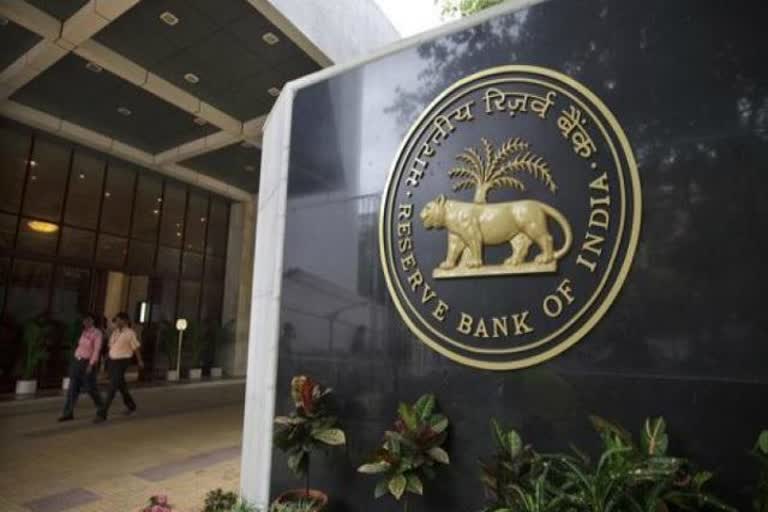Mumbai: On November 8, 2016, the Narendra Modi government had overlooked key pointers raised by the Central Board of Directors of the Reserve Bank of India (RBI), and went ahead with demonetisation, an abrupt decision that overnight banned Rs 1,000 and Rs 500 currency notes, an RTI query by Venkatesh Nayak has revealed.
The Central Board, the highest decision making body of the RBI, had met on November 8, 2016, at 5.30 pm to take up the proposal sent in by the Finance Ministry. It had raised doubts over government’s claims that note ban would curb black money, shadow economy and counterfeiting to a significant extent.
Read more:RBI says no data on demonetised 500, 1,000 notes used at petrol pumps
Black money, shadow economy and counterfeiting
The Central Board had discussed in detail three major issues plaguing the economy — black money, shadow economy and counterfeiting of high value currency notes — pointed out by the Finance Ministry, and had observed that note ban may not achieve in letter and spirit its very goal of curbing the three. However, the government back then did not pay any heed to these observances and rolled out note ban.
RTI activitst Venkatesh Nayak speaking to ETV Bharat Steep rise in circulation of high value notes
In its letter dated November 7, 2016, the Finance Ministry had asked the RBI to ban Rs 1,000 and Rs 500 currency notes. While giving reason in support of the proposed ban, the government claimed there has been a steep rise in circulation of Rs 1,000 and Rs 500 notes in the economy. At the time of note ban, there were Rs 16-17 lakh crore worth of total currency notes in circulation in country.
The Finance Ministry letter also stated that between 2011-12 and 2015-16, India’s economy grew 30 percent while in the same period circulation of Rs 500 notes grew 76.38 percent and that of Rs 1,000 notes grew by 108.98 percent.
White Paper on black money
In support of the proposed ban on high value notes, the government also quoted a white paper on black money, pointing out how cash was aiding black money and shadow economy. The white paper also quoted a World Bank finding that put India’s shadow economy at 20 percent of the GDP in 1999 that rise to 23.2 percent of GDP in 2007. At present, India’s GDP is USD 2.5 trillion and country retains the title of fastest growing major economy ahead of China. In February 2019, India’s GDP grew at 6.6 percent, ahead of China’s 6.4 percent in the same period.
According the RTI plea, what the government had said its support for note ban: “Incidence of counterfeiting is also on the rise in these two denominations. The total quantum of counterfeit currency in country is estimated to be around Rs 400 crore.”
Central Board’s contrarian view
The Central Board of Directors of RBI countered government’s claims. Though it accepted counterfeiting was a concern, Rs 400 crore as percentage of total currency in circulation was not very significant. The Central Board also explained most of the black money was held as real sector asset such as gold and real estate, and not in cash. “Hence this move (demonetisation) would not have material impact on those assets,” the Central Board had observed.
Financial inclusion and cashless economy
The Central Board had also observed that the proposed ban of Rs 1,000 and Rs 500 denomination notes would give an opportunity to roll out game-changer initiatives financial inclusion and cashless economy by incentivising electronic modes of payment in country.
